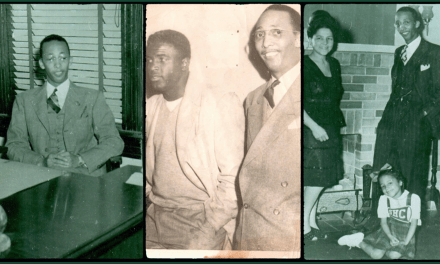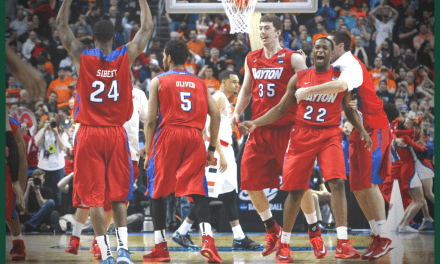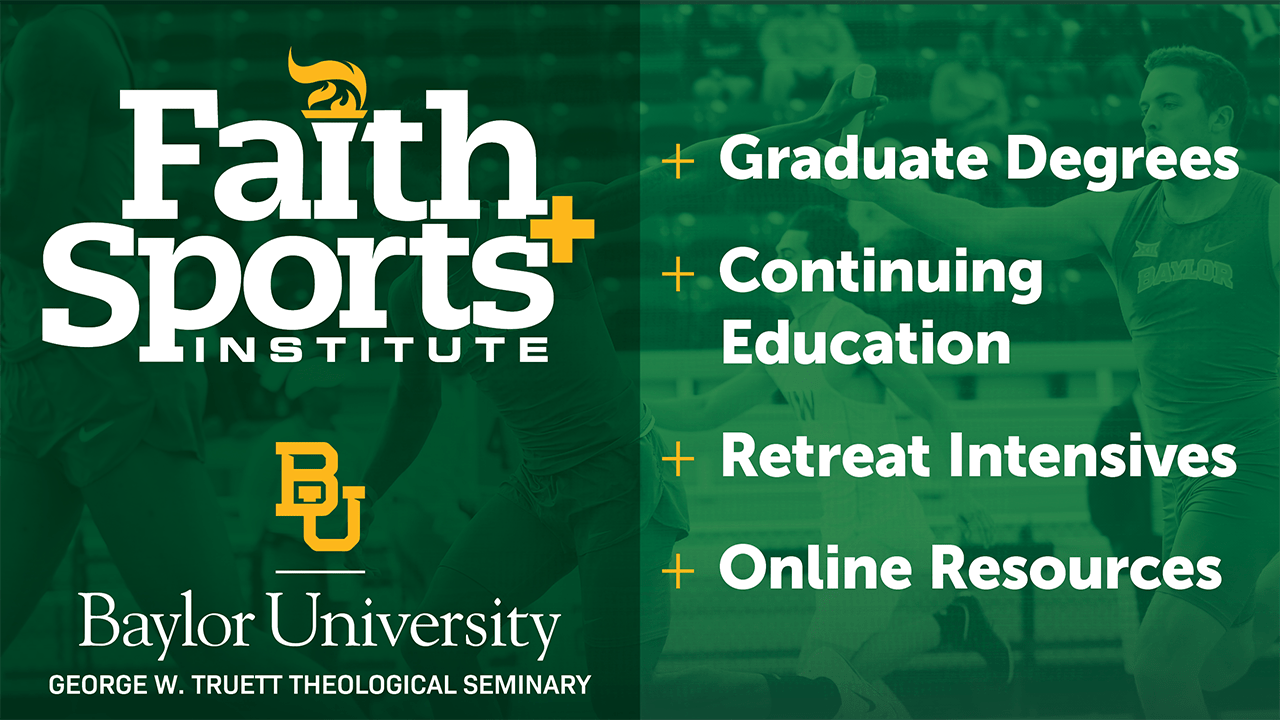Over the past few decades historians have been cranking out standout works on college football. All sorts of angles have been covered: popular culture, nationalism, gender, race, intellectual history, and more. But for all the diversity of topics, there is it least one theme held in common: they tend to center the college football experience of predominantly white institutions.
Even historians who emphasize race generally look at Black players and coaches who participated in integrated competition. It might be too strong to say that the story of football at historically Black colleges and universities—HBCUs—has been entirely ignored. But it has not yet received sustained and serious treatment from academic historians.
Enter Derrick White’s Blood, Sweat, and Tears: Jake Gaither, Florida A&M, and the History of Black College Football (University of North Carolina Press).
By telling the story of HBCU football through the lens of Jake Gaither’s Florida A&M Rattlers, White—a professor of history at the University of Kentucky—fills a critical void in our understanding of college football’s cultural meaning and importance in American life. It is, without a doubt, one of the most important football history books of the last few years.
The son of a preacher (father) and teacher (mother), Gaither came of age in Tennessee in the early twentieth century. He grew up in the Jim Crow era, when racial segregation, enforced by violence, reigned supreme in American life.
Sports, of course, were shaped by racism and segregation, too.
In baseball, the “national game,” the major leagues kept Black athletes from its rosters. In football, a handful of Black players competed for predominantly white colleges in the North. But they were few and far between. And when integrated northern teams played teams from the South, they generally benched their African American players.
Consider the perspective of legendary football coach Amos Alonzo Stagg. During his four decades at the University of Chicago, Stagg never included a Black player on his football team. Asked in 1926, he acknowledged that a few African Americans were great players, but that in general “they are less likely to be good in that sport, where fearlessness, aggressiveness, and dogged determination play a large part in the selection of positions.”
Stagg, it should be noted, was not a staunch segregationist. He was not a product of the Jim Crow South. The fact that he accepted racist ideas about Black inferiority shows their pervasiveness in American culture.
These were the common views that Gaither sought to challenge. Although he considered getting into the ministry or studying law, he ended up turning to football as his life’s work. The gridiron provided a means of asserting Black pride and self-determination in a segregated world, a way to challenge racist stereotypes. From 1937 when he was hired as an assistant coach at Florida A&M through 1969 when he retired as the winningest coach in college football, Gaither worked to carry out that mission.
“To appreciate coach Gaither and FAMU football,” White writes, “is to understand one of the most critical sources of Black pride and producers of Black manhood in the twentieth century.”
Historians of race and sport will undoubtedly see great value in White’s book. It provides what he calls a “counternarrative” to the usual story of civil rights and racial integration in sports. Instead of focusing on the struggles and triumphs of Black athletes as they entered predominantly white sporting spaces, White shows us both the strength of Black institutions during segregation and the costs of athletic integration. The gradual inclusion of Black players on white teams was not simply a story of obvious triumph, as it is sometimes cast. Instead, it provided PWIs with greater access to resources and athletic talent at the expense of HBCUs. “Lost in the rightful celebration of Brown v. Board of Education is the fact that thousands of teachers and coaches lost their jobs,” White writes. “The human resources that had guided young African American students to HBCUs dramatically declined.”
Because White complicates our historical understanding of race and sports in a compelling way, this book is an obvious must-read for historians. But I think those outside the academic realm would appreciate it as well.
First, those who simply love football history will find plenty of fascinating details. White provides new insight on the pioneering coaching clinics that Gaither led. He writes about historic HBCU football rivalries and matchups, including the Orange Blossom Classic hosted in Miami by Florida A&M. And he discusses standout athletes, like Bob Hayes, who developed their games at Florida A&M and other HBCUs before making it big in professional football.
While Blood, Sweat, and Tears makes it clear that football was more than a game, it does not ignore the fact that it was also a game—and it leaves space for the on-field drama that helps make sport compelling.
Second, I think coaches in general should know about Gaither’s story. He is one of the most important coaches of the twentieth century, articulating ideas about character development through athletics that continue to resonate today. White discusses these ideas and Gaither’s “Spirit of Excellence” coaching philosophy throughout the book, but especially in Chapter 4.
Christian coaches in particular might also enjoy finding bits and pieces about Gaither’s faith commitments. White recounts Gaither’s upbringing as a preacher’s son, his interest in pursuing a ministerial career, and the way he carried that pastoral instinct with him when he became a coach. We also learn that Gaither expected his players to attend church, and we get to read the pre-game prayer that Gaither recited before leading his team onto the field.
There is certainly more that could be done to dig deeper into Gaither’s Christian beliefs and practices—we never hear about his involvement with the Fellowship of Christian Athletes (FCA) for example. But White is not a specialist in religious history, and he does enough to provide a sense of the importance of faith for Gaither.
While I think coaches and football fans could enjoy Blood, Sweat, and Tears, they should not expect it to read like a typical sports biography. This book is a bit different. Although Gaither is at the center of the story, White uses Gaither as a lens to understand broader cultural and historical developments. In other words, White is doing what good historians do: emphasizing context.
It’s a lesson any of us involved in sports should take to heart. If we want to understand ourselves and the sports worlds we inhabit, we need to have a big-picture view of how those worlds have been shaped by their cultural contexts, both past and present.
Maybe you’re already thinking in those terms or maybe you want to get started. Either way, Blood, Sweat, and Tears is an important book that you should consider checking out.






